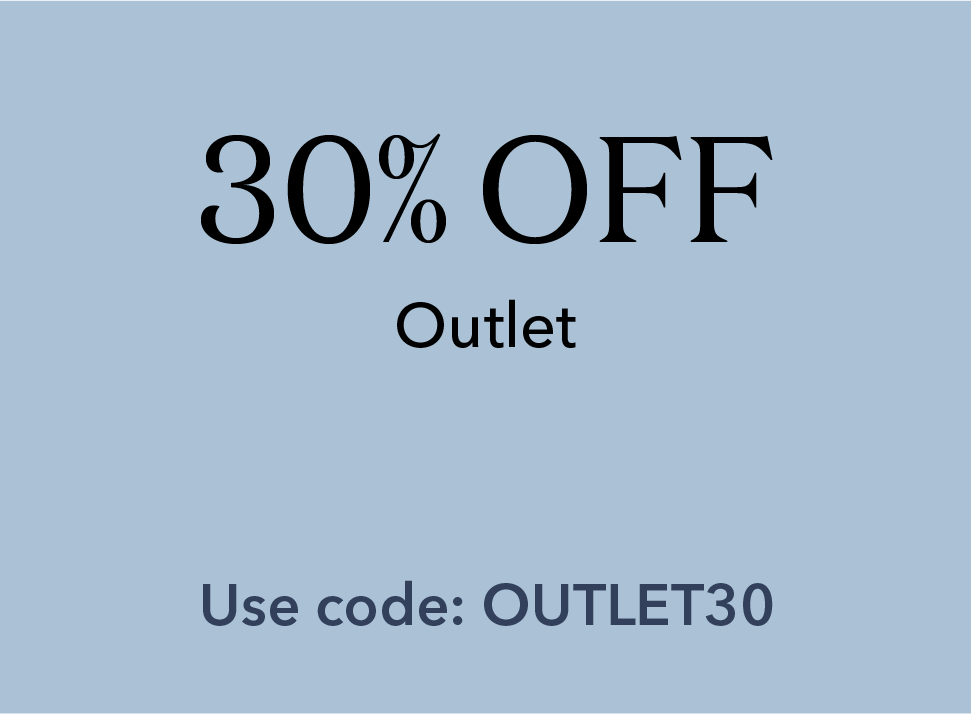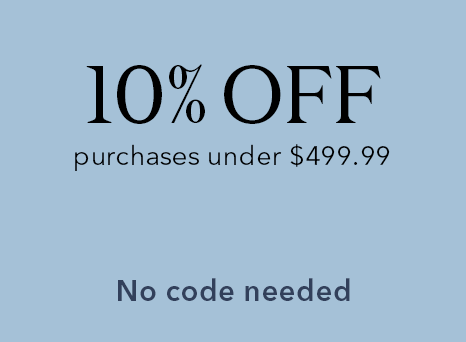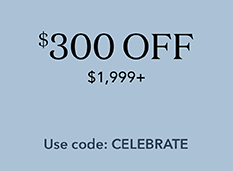When you’re buying an engagement ring, you’ve got a whole list of things to consider, including the 4C’s of diamonds — carat, cut, color and clarity. But when you’re trying to determine what exactly to prioritize in your search for the perfect ring, should you focus on color, clarity — or both?
Let’s dive into all things diamonds to make your search just a little easier.
Demystifying Diamond Color
Both natural and lab grown diamonds often have trace amounts of color that lightly tint the stone. But when we refer to diamond color, we’re actually talking about the absence of color in the diamond. In other words, the more colorless a diamond is, the higher its value.
The GIA (Gemological Institute of America) diamond color chart is a scale that grades diamond color from D (colorless) to Z (light yellow or brown). Most consumers prefer colorless to near-colorless stones in the D, E, F range, with diamonds graded I and J offering optimal value price-wise.
Diamond Grading Chart

Colorless ( D E F )
Colorless diamonds have little to no yellow/brown tint or hue to the stone. To the naked eye, they resemble a drop of pure water. Because they are so rare, colorless diamonds are often the most valuable.

Near Colorless ( G H I J )
Near-colorless diamonds contain small traces of yellow/brown tint that is difficult to see with the naked eye. These stones make up only 2–3 percent of all natural diamonds, so they offer rarity at often the best value.

Faint ( K )
Faint diamonds fall in the middle of the diamond color chart. Unmounted faint diamonds often have a faint yellow/brown hue that is visible to the naked eye. Once mounted, these warm stones offer great value, as the color is often difficult to see with the untrained eye, unless compared right next to a stone in the near-colorless or colorless range.
Understanding Carat Weight
Whether you’re looking for an engagement or wedding ring, you probably focus more on the carat weight than the diamond color. Carat refers to the stone’s physical weight. And while diamonds are available in a variety of sizes, you’ll typically see carats ranging from .25 to 5 carats on the diamond carat size chart (though that .25 carat diamond is most likely set into a bracelet or used as a side stone to embellish a larger center stone).
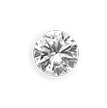
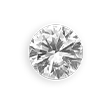
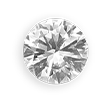
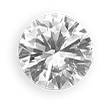
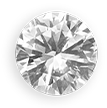
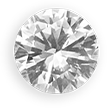
That also means that you’ll pay less for that 1.5 vs. 2-carat oval diamond ring. Because the higher the carat, the higher the price point.
How to Choose a Diamond While Balancing Carat & Color
The question becomes: What’s more important to you — or your significant other? Do they want a near-colorless diamond that’s smaller? Or would you prefer to select a show-stopping ring that sparkles with 3 carats of diamonds but has a bit more color in the stone?
The best diamond color engagement or wedding ring is one that gives you your desired color and carat size at your desired price point.
Whether you’re browsing our online selection, trying on rings in the stores or creating a custom engagement ring, Helzberg is here to guide you through the process. With more than a century in the jewelry industry, we know the challenges and rewards of finding the perfect piece your loved one will wear for an eternity. That’s why we offer both natural and lab grown diamonds in a range of colors, carats and price points.
By communicating your priorities, our friendly, knowledgeable Sales Associates can help you find the perfect ring.
Learn more about diamond grading, diamond color and clarity, along with carat and cut by watching the full 4 C’s Series here!
